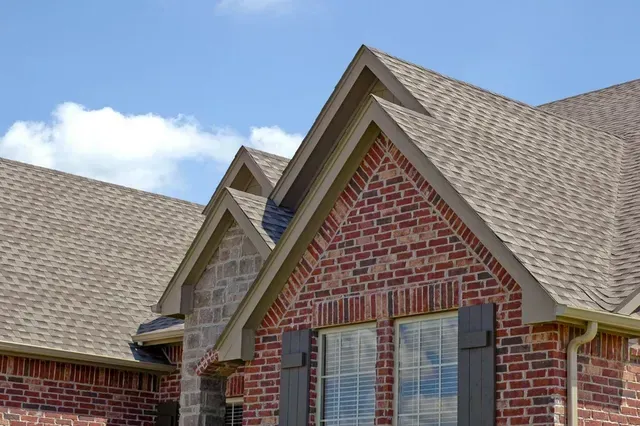Roofing Companies Offering New Roof Solutions
TRUSTED, EXPERIENCED ROOFING CONTRACTORS IN WARREN, MI, AND THE GREATER DETROIT AREA
Storm Damage Guidance and Support From Smart Roof

What You Can Expect From Smart Roof
- Full Roof Replacements
- Complete Roof Inspections
- Friendly Customer Support
- Experienced, Knowledgeable, Skilled Contractors
- Affordable Prices
- Financing
- Insurance Support & Guidance
Wind, rain, hail, heavy snowfall - when conditions are severe, it can cause significant damage to your home's roof, gutters, and windows. If your home has sustained damage after a heavy storm, don't wait to contact a qualified roofing and home improvement company to check out the damage. The contractors at Smart Roof will do everything we can to ensure that your home is safe, and we will get to work as quickly as possible so that you can get back to your daily routines. As a company with more than 50 years of combined industry experience, we know what it takes to get the job done right while also providing the best customer service. Learn more about our storm damage services below, and schedule an inspection with us today.
There are several areas that should be inspected for signs of storm damage, not just the quality of the shingles. Storm damage can take many forms and it often depends on the type of storm.
- Wind: Hurricane-force winds reach up to 74 mph or greater, and gale-force winds are between 39 and 54 mph. But winds don't have to be even that strong in order to cause damage. Intense winds can tear entire chunks of shingles from the roof leaving the underlayment, roof deck, and other important components exposed. Wind can also cause shingles to lift up and curl, which can expose the roof to water damage.
- Hail: Even though hail storms don't often last very long, they can cause significant damage to roof shingles. Hail can leave dents or pockmarks and can cause granule loss. Granule loss may not seem like a big deal, but when left untreated, it can lead to rain and sun damage, as well as impact the appearance of the roof.
- Debris: When the storm is severe enough, it can cause branches both big and small to fall on the roof. While smaller debris doesn't often cause enough damage to warrant repairs, larger branches can dent the surface or even penetrate the entire roof.
- Gutter Damage: Gutters are an essential component of the roofing system that works to redirect water away from the roof and foundations. Without proper water drainage or working gutters, or when the storm has caused blockages, it can lead to significant water damage on the home's siding.
Short-Term Checklist to Protect Your Home
One of the worst things that can happen during a severe storm is when a tree branch lands on the roof and causes a significant leak or opening.
Act Quickly: It's important to act quickly, so you'll want to find the source of the leak, typically in the attic. Use buckets or a large waste bin to catch any falling water. Place a tarp or garbage bag on the floor to prevent water from seeping further into the home.- Inspect the Ceiling Boards: If ceiling boards are wet surrounding the leak, it could be a sign that there is accumulated water. The weight of trapped water could lead to a ceiling collapse if it's severe enough. To relieve pressure, make a small hole where the leak is located to allow water to drain out.
- Use Roofing Tape: If you have roofing tape on hand, stick some pieces to the inside of the roofing material, placing them over and around the leak. This can be used as a quick fix until the roofers come.
- Clear Away Belongings: If the leak is above important belongings, move them out of the way to avoid water damage or place tarps on top.
Conduct a Visual Inspection and Schedule a Professional Inspection
When the storm has cleared, get in touch with a roofer as soon as possible. Most roofing companies are unable to get there immediately, so you can begin taking notes and completing a visual inspection of the roof.
- The Roof: While it's safest to wait for a roofing contractor to get up on the roof for a close-up inspection, you can still conduct a visual inspection of the roof from the ground. Look for dented, torn, curled, or missing shingles. You can also try to take pictures for insurance purposes, but the roofing company may also do this as a part of the inspection process.
- Gutters, Vents, and Windows: Look for damage caused to the roofs vents, gables, flashing, as well as the gutters and windows. Storm damage can cause broken gutters or they can begin to pull away from the roof. Look for windows with broken glass or cracks, loose weather stripping, or torn screens.
- Attic and Ceilings: If you didn't have any leaks during the storm, it doesn't mean that there isn't still a chance of water damage. Ceilings throughout the home, light fixtures, and the attic should all be thoroughly inspected for leaks and water damage.
During a roof inspection, the contractors at Smart Roof will look at every detail of your home, both inside and out. As experts in the roofing industry, we know the most common places for leaks to occur and can quickly recognize signs of damage that has occurred on the exterior of the house. After we have completed a comprehensive inspection of the entire roofing system and structure, we will provide an honest opinion for the best course of action, whether that's repairs for minor damage or a full roof replacement if the damage is severe enough to warrant it.
The Insurance Claims Process For Storm Damage
No one likes working with insurance companies, but they are a key part of the process and will ensure that you can get a new roof without having to pay from your own pocket. The team at Smart Roof will offer our support and guidance throughout the process.
- Document Any Damage: Before you start cleaning up after the storm, be sure to document all of the damage that has occurred. You can provide pictures or videos of the damage to the insurance company.
- File a Claim: When you file a claim with your insurance company, they will send a claims adjuster to inspect the damage and to create a report that documents what is required to fix or replace the roof. Claims adjusters will determine how much the project will cost based on the current average cost of materials in your area.
- Receive an Initial Check From the Insurance Company: When your insurance claim is approved, you'll get a check from them. Depending on your policy, you'll get the insurance's estimated check for ACV (Actual Cash Value) or RCV (Replacement Cost Value). When the roof has been repaired or replaced, you'll get a final check from the insurance company for the recoverable depreciation, which is the amount the insurance company determined that your roof has depreciated.
- Hire a Roofing Contractor: When you have selected a roofing company to complete the job, it's important to share with them all of the insurance claim paperwork. This will ensure that the roofer is completing the work that has been approved by the insurance company, and you won't inadvertently commit insurance fraud.
The insurance process can be confusing and stressful, but an experienced roofing company will know the details of the process and can guide you through each step.
Smart Roof is committed to providing exceptional roof replacements using the highest quality materials while also supporting our customers in every way possible. If a storm has passed through the Detroit area and you need professional roofing services, get in touch with Smart Roof. We're here to ensure your home is safe and protected.


